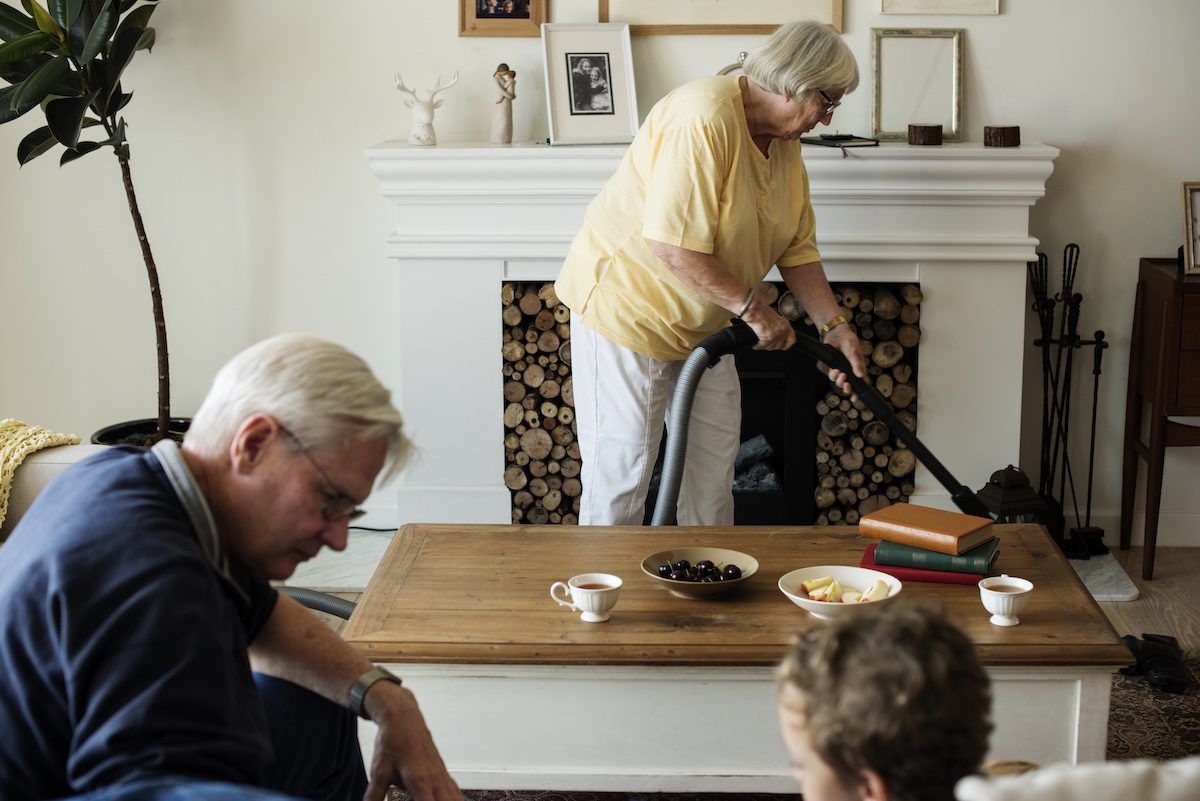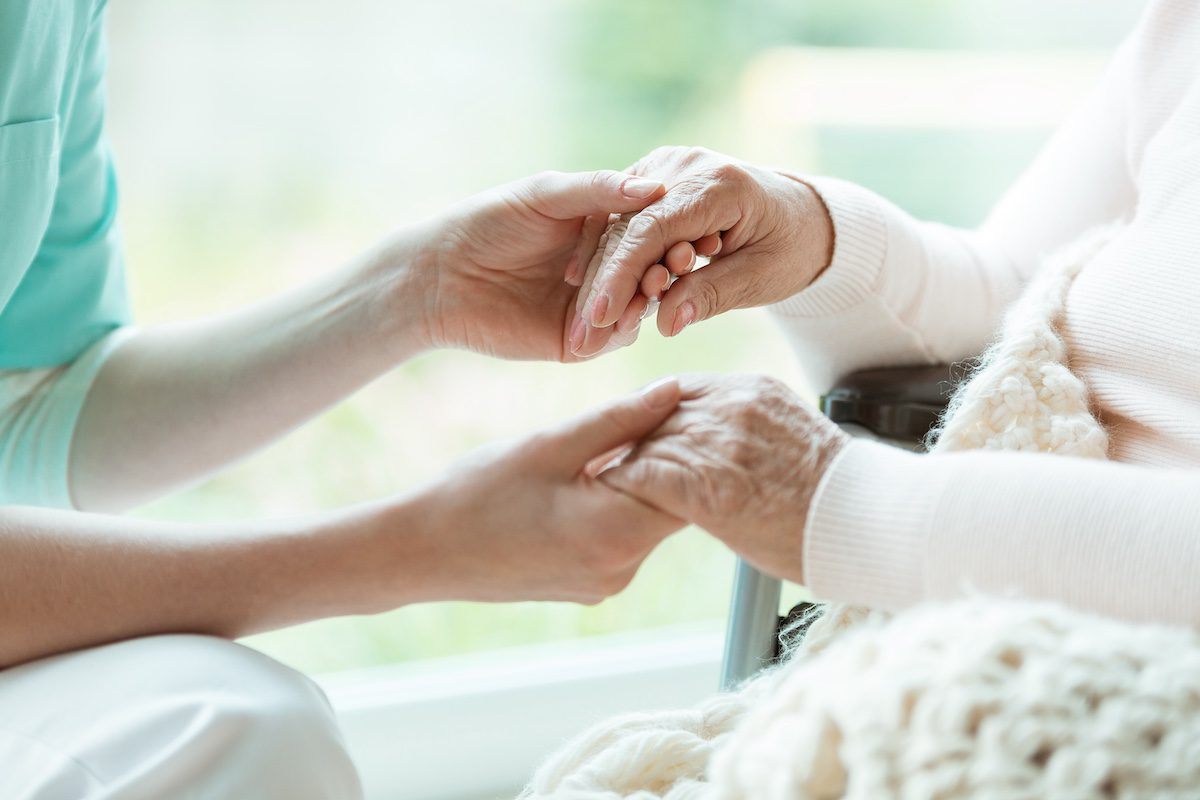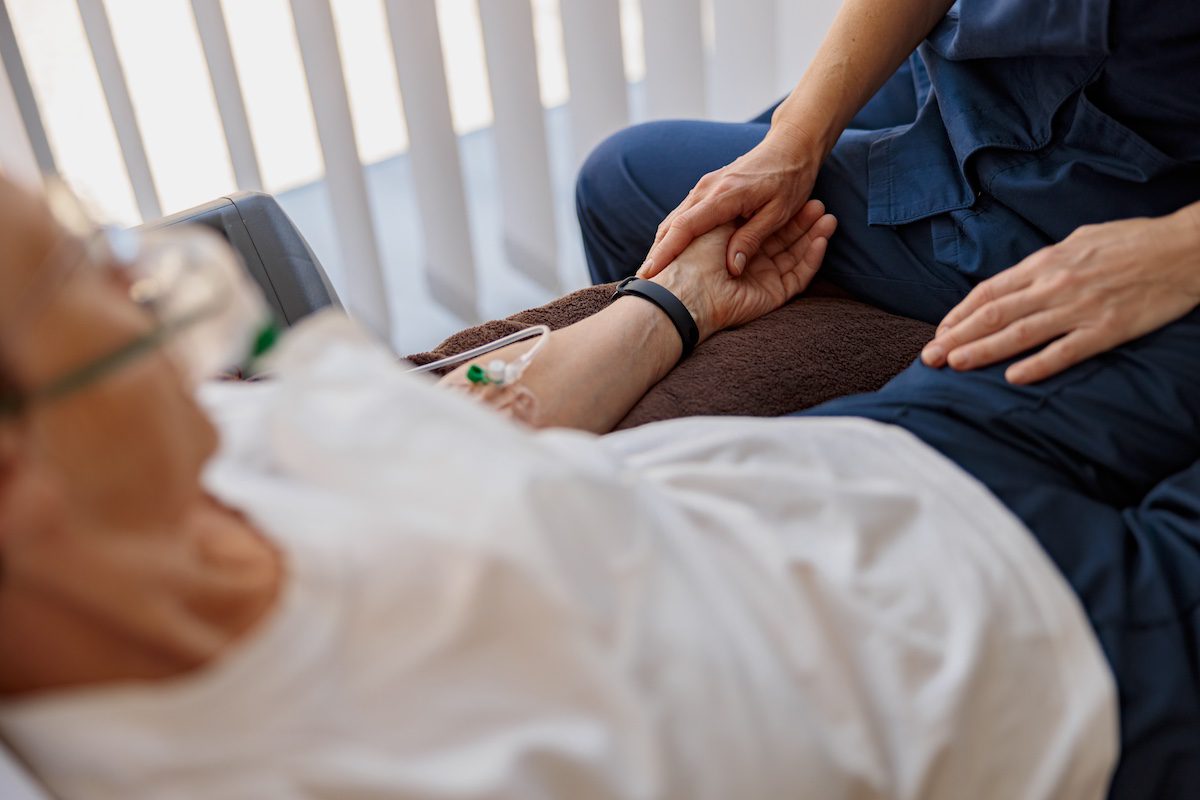Spring cleaning is a well-loved tradition for many, and it’s not just for tidying up or refreshing the home – it’s also a perfect time to make sure the living space is safe, functional, and comfortable, especially for elderly individuals.
Aging often brings changes to mobility, vision, and cognitive function, which can make it harder for seniors to navigate their homes as they once did.
Additionally, clutter or unsafe conditions in the home can increase the risk of falls and other accidents, which are a leading concern for senior health.
This spring, take the opportunity to not only freshen up the house but to focus on creating a space that promotes independence and well-being for the elderly.
From clearing clutter to enhancing lighting and improving accessibility, these tips can help ensure the home remains a safe and comfortable place for seniors.
Decluttering for Safety and Accessibility
Clutter is one of the biggest hazards in any home, and for seniors, it can lead to tripping or falling. Walking around obstacles or navigating through narrow spaces can be particularly challenging for those with limited mobility.
Start the spring cleaning process by decluttering rooms, hallways, and pathways to ensure there are no trip hazards.
Clear Walkways
Begin with the most trafficked areas in the home, such as hallways, doorways, and stairways. Make sure these spaces are free of any furniture, rugs, or objects that might be in the way. If needed, consider rearranging furniture to create a more open, easy-to-navigate layout.
Organize Items at Reach
For seniors with limited mobility or those who use mobility aids like walkers or canes, organizing commonly used items at a reachable level is important. Store items such as dishes, clothing, and cleaning supplies on lower shelves to avoid the need for bending, stretching, or reaching.
Remove or Secure Rugs
While rugs can add warmth and charm to a home, they can also be dangerous for seniors, especially those who may have difficulty balancing or walking.
Remove any rugs that are not firmly attached to the floor or use non-slip rug pads to prevent them from shifting and causing falls. If removing rugs isn’t an option, consider opting for flat, low-pile carpets that are less likely to trip someone.
Enhancing Lighting to Prevent Accidents
Many older adults experience changes in vision, which can make it more difficult to see in dimly lit areas. Proper lighting is essential to ensure that seniors can safely navigate their homes, especially during the evening or early morning when natural light is minimal.
Add Bright, Energy-Efficient Lighting
Bright, well-lit rooms can reduce the risk of falls and accidents. Consider installing energy-efficient, bright LED bulbs in frequently used spaces such as the kitchen, bathroom, and living room. These bulbs not only provide better illumination but also reduce energy costs.
Use Motion-Sensor Lights
In areas where a senior may need to walk at night, such as hallways, bathrooms, and stairways, motion-sensor lights are ideal.
These lights automatically turn on when they detect movement, so there’s no need to fumble around for light switches in the dark. They can make night-time bathroom trips safer and easier.
Install Night Lights
Night lights can help prevent falls during the night. Place them in areas where seniors are likely to move, such as bathrooms, hallways, and bedrooms. Low-wattage night lights provide a soft glow that will help them navigate their way around the house without disrupting their sleep.
Improving Bathroom Safety
The bathroom is one of the most common places for accidents to occur, especially for older adults. Wet, slippery floors, low toilets, and sharp corners can create hazards. Spring cleaning is the perfect time to address these issues and make necessary adjustments for safety.
Install Grab Bars
Grab bars in the bathroom can make a significant difference in preventing falls, especially near the toilet, bathtub, and shower.
These bars provide seniors with support and stability when sitting down, standing up, or moving around in the bathroom. Make sure that they are installed securely and are easy to grip.
Upgrade to a Walk-In Shower
For seniors with mobility issues, a walk-in shower can be a safer alternative to a traditional bathtub.
Walk-in showers are easier to access, and many models come with built-in seats and grab bars. These upgrades can eliminate the need for climbing in and out of a bathtub, reducing the risk of slipping.
Non-Slip Mats and Shower Seats
Non-slip mats or decals should be placed in the shower and on the bathroom floor to provide extra traction. Additionally, a shower seat can be an excellent addition, allowing seniors to sit comfortably while bathing.
If your loved one is unsteady on their feet, these simple additions can help prevent dangerous falls.
Creating More Accessible Kitchens
The kitchen is another area where safety is crucial, as the potential for burns, cuts, and spills is higher when cooking. The following tips can help make the kitchen safer and more accessible for seniors.
Adjust Counter Heights
If your loved one uses a wheelchair or has difficulty standing for extended periods, consider adjusting the height of kitchen counters or providing an accessible work surface.
Lower counters can help seniors reach items without overexerting themselves or using step stools, which can be dangerous.
Use Easy-to-Handle Kitchen Tools
Kitchen tools and utensils that are ergonomic and easy to grip can make meal preparation easier and safer. Look for items such as knives with easy-grip handles, lightweight pots and pans, and safety peelers.
Additionally, appliances with automatic shut-off features can prevent accidents from unattended cooking.
Install Easy-to-Reach Storage
Keep commonly used kitchen items within easy reach to prevent seniors from having to stretch or climb. Use pull-out shelves, lazy Susans, and storage baskets to make reaching items easier without the need to bend or stretch excessively.
Ensuring Comfort and Mobility
Comfort is key for seniors, especially when they spend more time at home due to the weather. Ensuring that the home environment is cozy and supportive for their needs will go a long way in improving their quality of life.
Upgrade Furniture for Comfort
Ensure that furniture such as chairs, couches, and beds provide ample support. If necessary, consider upgrading to chairs with arms that make sitting and standing easier.
For beds, ensure that the height is comfortable for seniors to get in and out of, and that the mattress provides sufficient support.
Mobility Aids and Walking Devices
If your loved one uses mobility aids such as walkers or canes, ensure that they are in good condition and easy to use. You can also make sure that any mobility aids are kept in accessible locations, such as near doors and hallways, to reduce the risk of falls when moving around.
Final Thoughts
Spring cleaning for the elderly isn’t just about tidying up – it’s about creating a safe, comfortable, and supportive environment that promotes independence and well-being.
With these tips, you can make their home a place where they can feel safe, comfortable, and truly at ease all year long.


